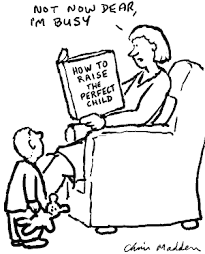Reinforcement is defined as a consequence that follows an operant response that increase (or attempts to increase) the likelihood of that response occurring in the future.
Positive Reinforcement
In an attempt to increase the likelihood of a behavior occurring in the future, an operant response is followed by the presentation of an appetitive stimulus. This is positive reinforcement.
If you stroke a cat's fur in a manner that is pleasing to the cat it will purr. The cat's purring may act as a positive reinforcer, causing you to stroke the cat's fur in the same manner in the future.
Negative Reinforcement
In an attempt to increase the likelihood of a behavior occurring in the future, an operant response is followed by the removal of an aversive stimulus. This is negative reinforcement.
When a child says "please" and "thank you" to his/her mother, the child may not have to engage in his/her dreaded chore of setting the table. Therefore, not having to set the table will act as a negative reinforcer and increase the likelihood of the child saying "please" and "thank you" in the future.
http://www.psychology.uiowa.edu/Faculty/Wasserman/Glossary/reinforcement.html
Subscribe to:
Post Comments (Atom)




No comments:
Post a Comment